Articles
Asia

E-commerce Growth: Slower but Hefty
Even as growth slowed from 2020’s pandemic-fueled explosion in activity, the global e-commerce market still grew a robust 19.9% in 2021, according to Transport Intelligence (Ti). Indications are growth will slow but remain hefty. Ti’s market sizing and forecast data and analysis shows a projected annual growth rate of 11.8% in the global e-commerce logistics […]
Read More
Business Intelligence: The Key to Success in Asia Pacific
The Asia Pacific region is becoming the next supply chain battleground. Instead of being a low-cost manufacturing region, it is developing into a significant marketplace as affluence and consumer demand increases. Many multinational corporations are already shifting key business functions to Asia Pacific to better understand the market and position themselves to capitalize on burgeoning […]
Read More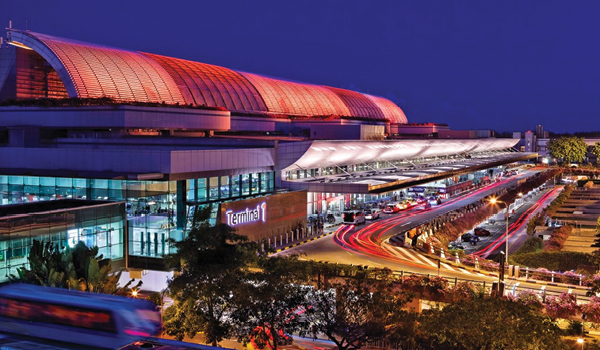
India and Southeast Asia: Land of Opportunity and Challenges
The region offers a promising but complex supply chain climate for companies interested in expanding globally.
Read MoreCommentary: 4 Reasons Why Asia Pacific Drives the Life Sciences & Healthcare Supply Chain
The seeds were sown some 15 years ago, when a few pharmaceutical and biotechnology companies began investing in Asia Pacific. Over several years of favorable growth conditions, the life sciences and healthcare (LSH) industry gradually matured across the region, becoming a hosting platform for the majority of LSH key players today. So what makes Asia […]
Read MoreAsia Accelerates Contract Logistics Growth
The overall contract logistics market grew by approximately 3.9 percent in real terms in 2016, according to TI’s Global Contract Logistics 2017 report. Despite stronger global growth in 2016, many developed markets struggled to match even the modest growth rates seen in their contract logistics markets in 2015. This reflects trends in the global economy, […]
Read More
How to Reap the Benefits of Asian Free Trade Agreements
Asian governments began developing bilateral free trade agreements (FTA) in addition to region-based multilateral agreements in 2000. These bilateral agreements were viewed as easier to negotiate and provided a quicker way to open up new export markets. The growth of bilateral FTAs in this region has led to what many economists refer to as the […]
Read More
Why Retailers Need the TPP
In recent months, the acronym “TPP” has made international headlines, and has been a somewhat unexpected cause of dissension and acrimony among governments and citizens. The Trans-Pacific Partnership, more commonly known as TPP, is a trade agreement that aims to deepen economic ties among 12 countries along the Pacific Rim by reducing tariffs and stimulating […]
Read More
Panama Canal Expansion Re-Routes Logistics for U.S. Businesses
Panama has completed the monumental $5.25-billion overhaul of the Panama Canal, which will have far-reaching implications for any business that employs or is part of an international supply chain. The Panama Canal can now accommodate ships that are one-third larger than before. These megaships carry 45 percent of the world’s cargo and will be able […]
Read More
Communication Insights Boost Shipper-Supplier Relationships
Shippers who acknowledge that they have the power to enable their own supplier base to satisfy their needs as well as their customers’ are on the right track. In particular, North American importers would be well served to emphasize stronger communication practices with Asian exporters to boost supply chain efficiency. Stronger communications go beyond monitoring […]
Read More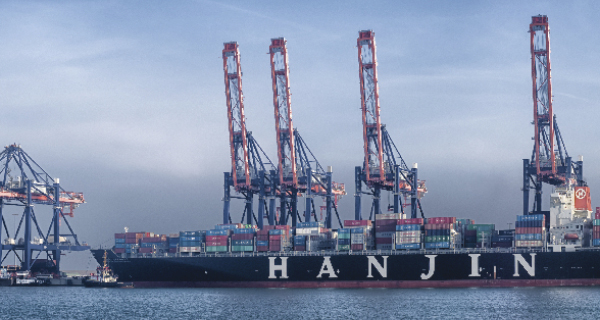
Global Logistics—October 2016
Overcapacity Problems Sink Hanjin Shipping Right in the middle of the peak ocean shipping season leading up to the U.S. holiday rush, South Korean ocean liner Hanjin Shipping filed for bankruptcy protection in one dozen countries in late August and early September 2016. Hanjin is the world’s seventh-largest ocean carrier, and handles nearly 8 percent […]
Read More
Amid Hanjin Backlog, Shippers Can Turn to Port Strike Strategies
While news of Hanjin Shipping’s bankruptcy dominates today’s headlines, shippers will be feeling the ripple effects for weeks or months to come. Of the nearly 100 ships listed on the company’s latest operating vessel status report, dozens carry the status of “waiting in open sea.” Others are “arrested,” “embargoed,” or “returned to owner.” A scant […]
Read More
How the Panama Canal Expansion Will Shake Up U.S. Shipping
The expansion of the Panama Canal, expected to be completed by the end of June 2016, will rewrite the rules of shipping, with far-ranging impacts for logistics managers, retailers, railroads, and public infrastructure across the United States. More than a decade in the making, the canal expansion not only increases the number of ships that […]
Read More
Shippers Should See Positives from the Trade Promotion Act
When the U.S. Congress passed the Trade Promotion Act (TPA) in June 2015, debate over its benefits and how its passage would affect the U.S. economy lingered. U.S. Congress felt that the goal of TPA and its historical record were solid proof of the benefits this legislation would provide. Although TPA is not a trade […]
Read More
Crossborder E-commerce Into the U.S. Just Got A Lot Easier, U.S. Retailers Should Take Note and Plan Accordingly
E-commerce retailers worldwide are celebrating the passing of a new bill, which sees the U.S. de minimis rate increase from $200 to $800. Below the new threshold, the U.S. does not require any formal customs procedures, and no duties or taxes need to be paid by the consumer. This creates a huge opportunity for e-commerce […]
Read More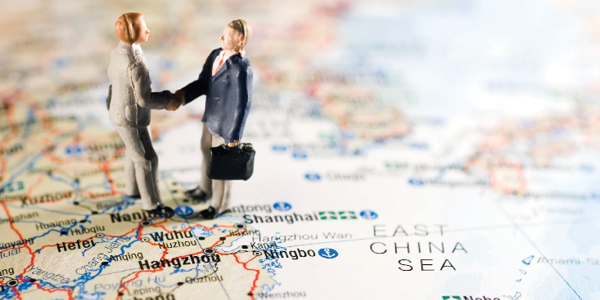
How to Implement a Successful Retail Omni-Channel Logistics Operation in Asia Pacific
For any U.S.-based company interested in expanding retail logistics operations outside of the country, Asia Pacific may be the most ideal location. Not only does the region offer more than 4.3 billion potential new customers, but the American brand remains highly popular among its residents. To access these buyers, companies should first focus on their […]
Read More
Global Logistics—July 2015
TPP: Fishing for Accountability Buried within the controversial Trans-Pacific Partnership (TPP) are provisions that will help protect global fisheries—and consumers—from widespread fraud in the seafood supply chain. It’s a pet project of the Obama Administration, which specifically created the Presidential Task Force on Illegal, Unreported, and Unregulated (IUU) Fishing and Seafood Fraud in June 2014 […]
Read More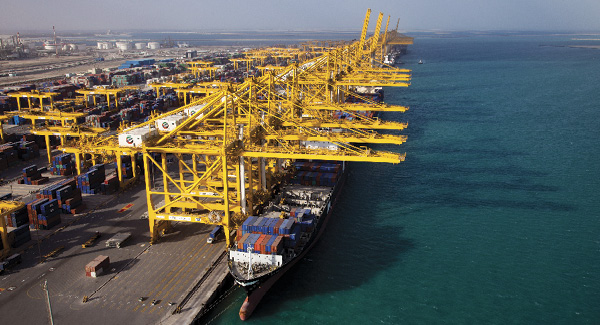
Global Logistics-June 2015
GCC States Warm to Regional Collaboration Gulf Cooperation Council (GCC) states —Saudi Arabia, Kuwait, United Arab Emirates (UAE), Qatar, Oman, and Bahrain—have long been hamstrung by independent-minded sovereigns who prefer to think and act unilaterally. Despite the formation of the trade bloc in 1981, collaboration, especially around transportation and logistics, often goes wanting. It’s why […]
Read More
Global Logistics—March 2015
Hong Kong: A Space Odyssey Hong Kong is one of the world’s most densely populated cities. Remarkably, only 30 percent of its land is actually developed—a reflection of the area’s mountainous terrain. Hong Kong historically has focused much of its infrastructure development on costly projects to reclaim land from the sea. Accordingly, these constraints have […]
Read More
A Supply Chain World Tour
Demand-driven logistics spans the world…in practice and in print. For a host of reasons, U.S. shippers and consignees are taking control of how they pull—and push—global product to market. Shifting demand dynamics, geopolitical volatility, currency fluctuations, government interference, lengthening and deepening supply networks, and cost reduction directives have conflated to consternate even the best supply […]
Read More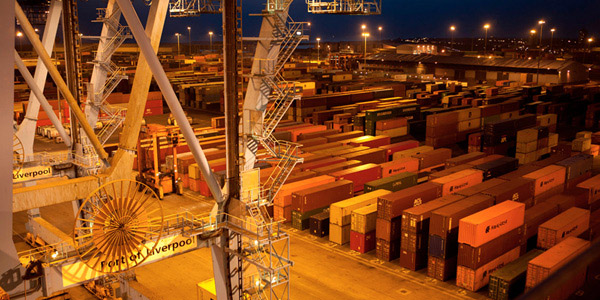
Global Logistics—December 2014
As UK Port Capacity Heads South, Freight Moves North London’s notorious congestion issues extend beyond the city limits. A shortage of inland transport capacity and increasing truck idling times at ports in the south of England are pushing freight to the north. Over the past year, UK-based third-party logistics provider Metro Shipping has transferred several […]
Read More